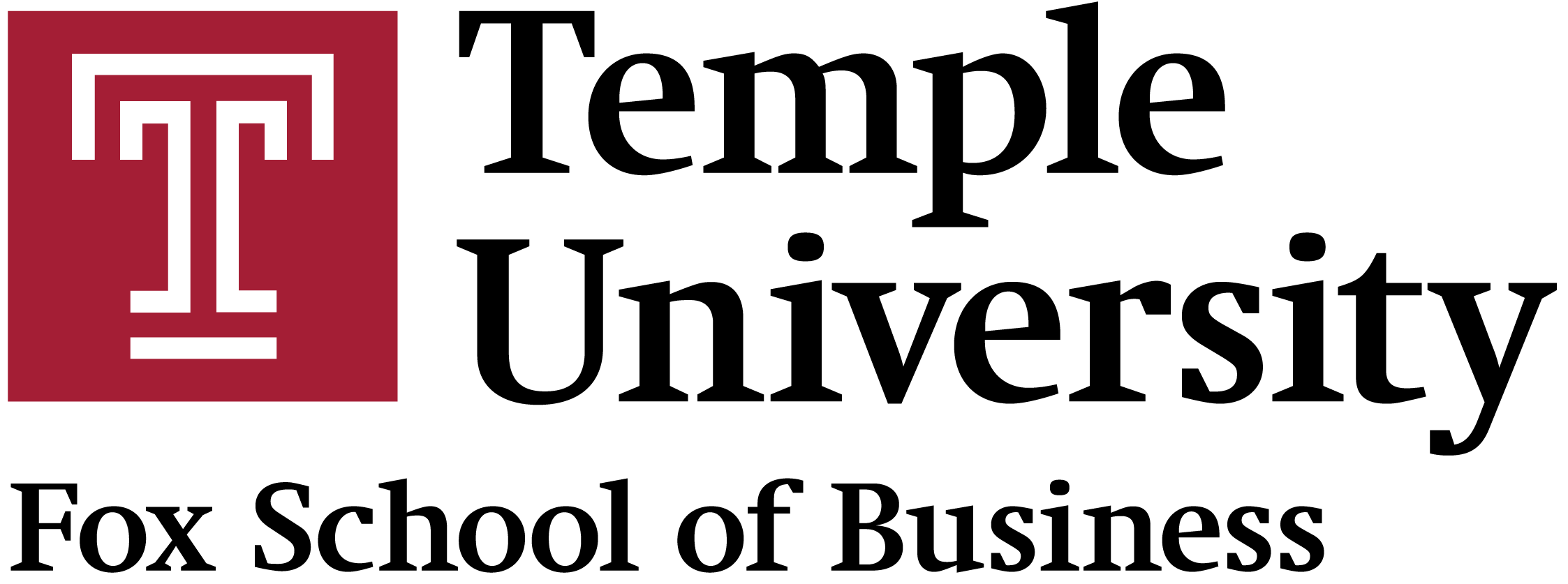Bloomberg Market Concepts by Bloomberg
Completeting this certificate by Bloomberg in May 2025, this has helped me gain a broader perspective and valuable skills that I would need in my position working in finance and in general business and financial analytics. In the module, I gained a better perspective and knowledge in the aspects of economic indicators, currencies, fixed incomes, and equities as it relates to the financial markets. Split into 4 core modules as mentioned before, I learned a good amount from each section. Within the economic indiciator section, I learned how to monitor important economic indiciators such as PMI and in forecasting economic trends such as a downturn in the economy. Within that same section, I learned and was able to use the Bloombery Terminal to use some of the functions associated with economic indicators such as ECFC for economic forecasts by analysts and WECO for world economic statistics, which can be used for macroeconomic analysis. Within the Currencies section, I learned about the structure of currency markets, exchange rates, and ways to hedge for mitigating the risks associated with foreign exchanges such as with the Japanese currency which had a downturn in the late 1990’s. Within the Currencies section, I learned and was able to use the Bloomberg Terminal to use some of the functions associated with currencies such as FXC for currency cross rates which I can used to return foreign currencies to nominal U.S. currencies and GP for historical exchange rate charting. I was also able to learn some of the calculations and math needed to exchange the currencies and ensure that they are within the different standards for accurate interpretations and interest rate parity. Within the Fixed Income section, I learned about how to interpret the yield curve, how to analyze credit rating, and interpretations on Central Bank policies such as the lowering of interests rates during the 1973 oil crisis. Within the section, I learned and was able to use the Bloombery Terminal to use some of the functions for fixed income analysis like YAS for spread analysis for bonds and WB for world bond markets. I was able to learn some of the calculations needed to calculate yield spreads and forward rates. Within the Equities section, I learned about ways to value stocks such as P/E ratios and how to do research for equities through absolute and relative valuations in order to compare the short-term and long-term potential returns for companies and how to compare between peers within the same industry. Within the section, I learned and was able to use the Bloombery Terminal to use FA to analyze the balance sheet of companies and GP to perform technical analysis on stock prices. In terms of my courses, I was able to learn and apply a lot of skills in budget analysis, interpretations of financial information, and comparisons between industries that I would learn within my Intermediate Macroeconomic course, Managerial Economic course, and Financial Management course and just in general throughout my other major of Economics and my minor in Statistics and Data Science. In terms of my career goals, I would able to apply the knowledge and skills that I learned in fields within business analytics, financial analysis and in keeping up-to-date with trends while working within my job.

